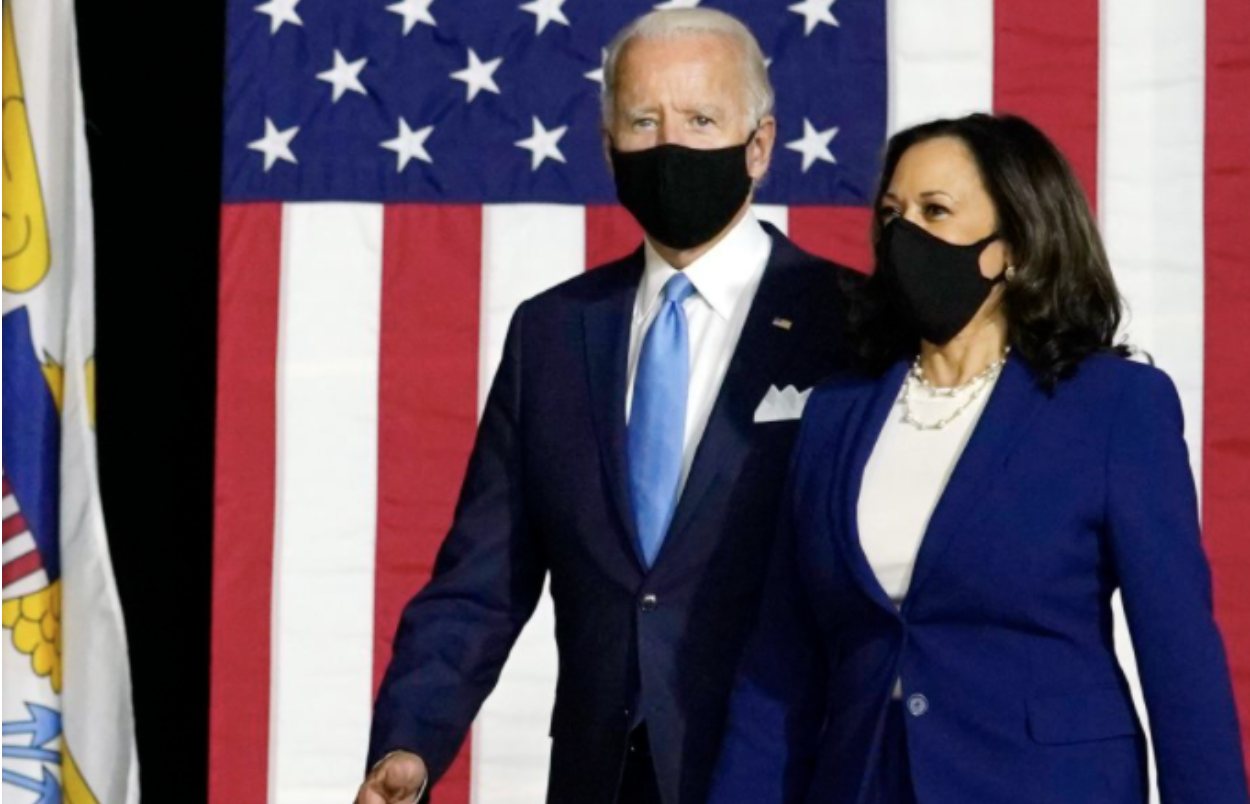Congratulations to our Spring 2023 High School Essay Contest winner, Jaehee Jung!
JAEHEE JUNG – NOVEMBER 27TH, 2022
Humanity is currently going through a historic moment of inflation; fallout from the pandemic has caused rates of inflation to skyrocket. Meanwhile, as more people are forced into the rental market, landlords have drastically increased rents, leaving many on the streets, including young people. In fact, adolescents are often hit hardest by inflation, as they are likely to be the lowest earners. Approximately 30% of the homeless are under 24 currently, and nearly 1 in 5 homeless public school students live in California; 34,200 out of 171,000 homeless students in the US are from California alone, and this number is only escalating due to the pandemic. On a psychological level, the trauma of homelessness can significantly impact a youth’s mental development. According to the Substance Abuse and Mental Health Services Administration, children who experience homelessness have significantly higher rates of emotional, behavioral, and immediate and long-term health problems. Homeless students are more likely to struggle with mental illness, self-esteem, and suicide ideation. The correlation between inflation, increased rates of poverty, and adverse impact on mental health illustrate the destructiveness of COVID-19 inflation, altering not only the current economic landscape, but also the societal landscape for decades to come.
Inflation can affect youth in many different ways, most notably through its impact on families. While family conflict and “aging out” of the foster care or juvenile justice systems may play a significant role in a youth’s negative experience with homelessness, with one in ten young adults experiencing some form of homelessness unaccompanied by a parent or guardian for over a year, accompaniment and overreliance on adults can be a double-edged sword. In
Pennsylvania’s Chester County Leah Reynolds, executive director of Kennett Area Community Services, states “more and more Americans are losing their homes through eviction and foreclosure…These forced displacements are intensely traumatic financially, physically, and emotionally. Children have to switch schools, parents lose their jobs, families’ possessions end up on the sidewalk, and suicide rates spike” (Maye).
So how can we keep families housed and together? Though controversial, a universal basic income would help prevent people from falling into poverty. There have been pilot programs throughout the nation supplying UBI of around $6,000 yearly, which have been total successes. One example is the Stockton Economic Empowerment Demonstration, SEED, which recorded participants involved in the experiment spending 99% of their funds on essentials rather than luxuries. Underprivileged Stockton residents were able to afford schooling, get better jobs, and pull themselves out of poverty. Contrary to popular belief, no one stopped working; instead, they were able to find better employment and significantly improve their families’ lives. Physical and mental health outcomes as well as housing stability were vastly improved by limited monetary assistance. Similarly, because of the Biden administration’s efforts, 3.8 million children were kept out of poverty in 2021 via $3,600 per child tax credits. This assistance also decreased the number of families who lacked the money to buy food by 24%—approximately a quarter of the nation’s impoverished families. Furthermore, there is little evidence that UBI will cause inflation itself; a recent large-scale study in Mexico designed to study this very question revealed that food prices in areas where residents were given cash rose only .02%, with uncertainty about whether or not the cash handouts were the cause of this mild rise. The advantages of UBI to the local economy found in that study far outweighed the little hike in prices.
However, the implementation of small-scale UBI programs among the impoverished takes time. As a temporary solution, an eviction moratorium and government subsidies to affected landlords would help ease the worst ramifications of inflation, thus mitigating the number of families and young people ending up on the streets. During the height of COVID-19, there was an eviction moratorium to prevent people from living on the streets and spreading the virus, and a similar program could help prevent those living in precarity from sliding into homelessness now. All in all, current poverty solution attempts such as homeless shelters, food banks, and various assistance programs are funded by taxpayers, so despite the substantial national budget it would take to institute UBI and an eviction moratorium, the government and therefore taxpayers save money in the end: by boosting the economy and improving people’s employment prospects and purchasing power—and in the long run by keeping them off the streets and participating in society.
Disclaimer: The views published in this journal are those of the individual authors or speakers and do not necessarily reflect the position or policy of Berkeley Economic Review staff, the Undergraduate Economics Association, the UC Berkeley Economics Department and faculty, or the University of California, Berkeley in general.



